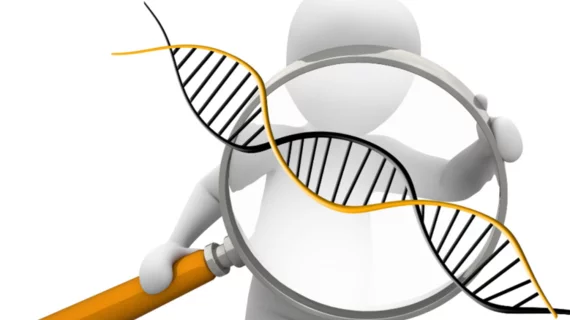Scientists express concern after gene-editing tool used on human embryo
Some scientists are showing concern after an experiment used a gene-editing tool to fix a potentially fatal heart condition in a human embryo, according to a report by the Wall Street Journal.
According to the report, scientists raised questions about a study that used the gene-editing tool CRISPR to fix a heart condition known as hypertrophic cardiomyopathy. The report also said the possible editing of embryos, sperm and eggs has “sparked controversy in part because any changes would not only alter that individual, but also be passed onto future generations.”
“Concerns stemming from last year’s paper included fears of unintended consequences on embryos and future generations, uncertainty about the emerging science, and whether scientists could prove CRISPR actually corrected the gene,” the report said.
The scientists who originally conducted the experiment defended themselves by saying they repaired the gene in the embryo by using a normal copy from its other parent and the faulty gene wouldn’t be inherited by future offspring, the report said.
Read more at the Wall Street Journal below:

